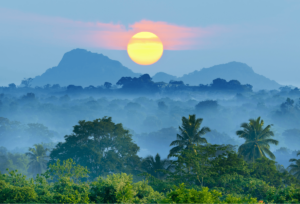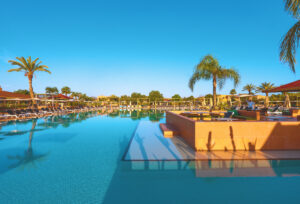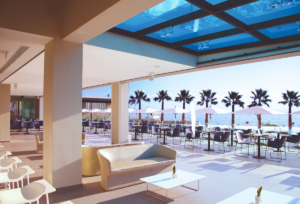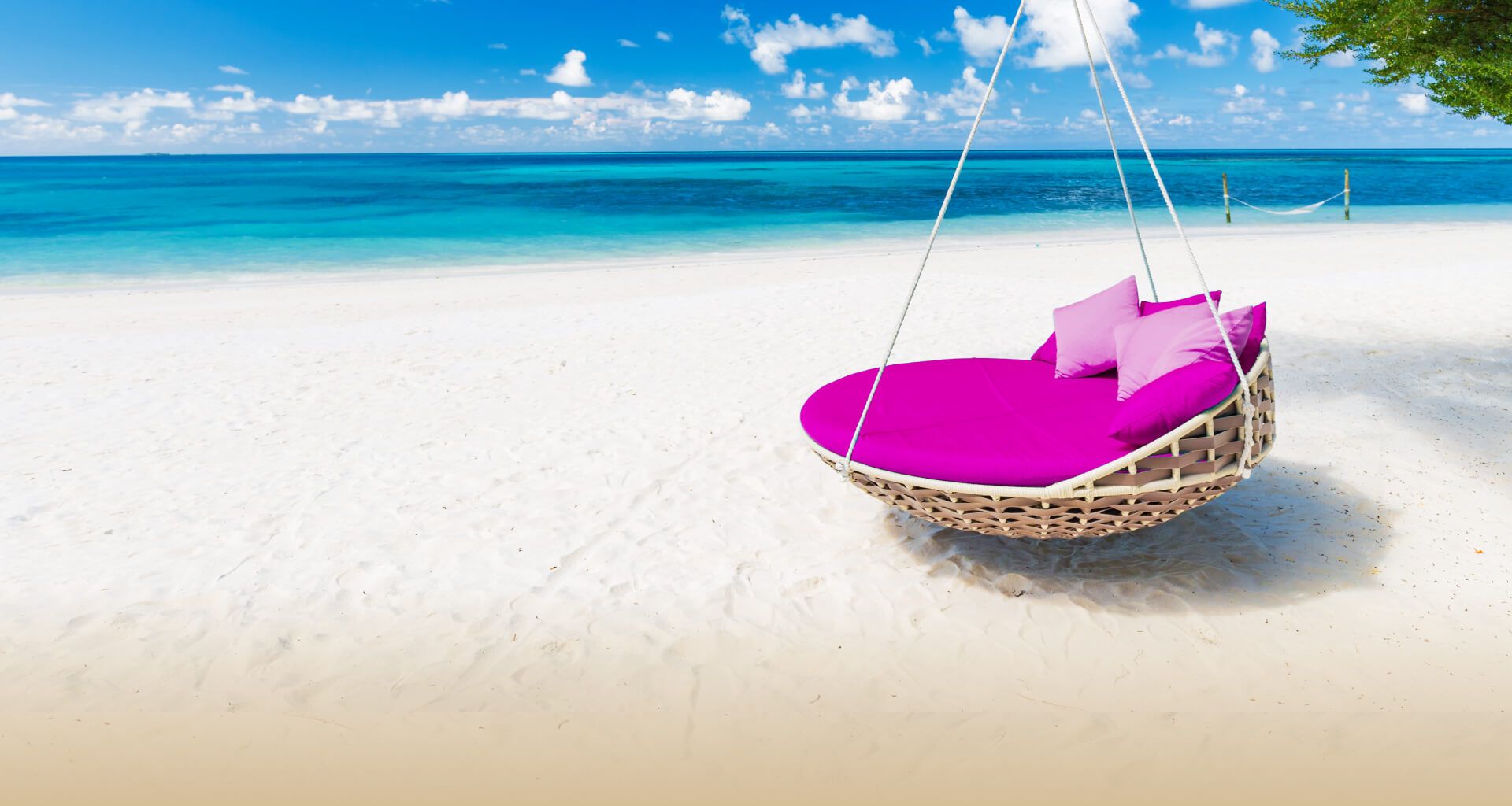Strictly speaking, where the weather is concerned there’s no bad time of year to visit Sri Lanka. The west, with its popular resorts, is hot and dry in our winter and the east, with its superb beaches, just as obliging in summer.
Often said to host more festivals than anywhere else in the world – for a start Sri Lanka has 25 public holidays a year – you might want to coincide your visit with one or more of them. With colourful processions, unique styles of music and dance, and delicious food thrown in, they’re a feast for the senses.
Make the most of the weather
The start of the year is generally the best time to visit Sri Lanka as you’ll miss the Yala monsoon that affects the southwest from May to September and the Maha monsoon that affects the northeast between October and January. Temperatures stay fairly constant throughout the year on the coast at between 26 to 30°C, but cooler in the mountainous regions.
However, with Sri Lanka’s festivals occurring at various times and locations across the calendar, you might want to check out what’s happening before you book. And even when it does rain in Sri Lanka, it’s often a downpour followed by yet more sunshine, especially if you travel in the shoulder seasons. And if you don’t mind a bit of rain, book your holiday out of season according to which part you’re travelling to and you can secure a cheap Sri Lanka holiday.
A party each month
Most of Sri Lanka’s festivals are religious and follow the lunar calendar, with many being held on full moon nights, and as such these vary a little in date each year. Buddhist festivals are celebrated with enormous peraheras, or parades complete with impressively adorned elephants plus drummers and dancers. If you’re looking to get a drink to celebrate, your best bet is to get one at your hotel as there’s a ban on the sale of alcohol during Buddhist poya full moon festivals.
Hindu festivals are equally colourful and often involve events at local temple festivals, whereas Muslim festivals are more modest usually simply involving prayers at the mosque.
Buddhist festivals
The most important of the Buddhist poyas is Vesak Poya, held in May, which combines celebrations of the Buddha’s birth, enlightenment and death. Celebrated across Sri Lanka, decorations include lanterns, streamer-adorned vehicles and pandals, which are platforms decorated with scenes from the life of the Buddha.
Makeshift alms houses can be found on the roadsides giving away delicious free curry and sweetmeats, desserts and drinks. Then the day after is also a public holiday, allowing everyone time to recover after the festivities.
Other key Buddhist festivals, that are mainly celebrated in Colombo, include the parades of Duruthu Poya in January and Navam Poya in February, which features a procession of a staggering 50 elephants.
Non-religious festivals
Needing no excuse for a festival, there are also plenty in Sri Lanka that aren’t based around religion. The creative hub of Galle has both a Literary Festival in late January to early February, featuring local and international wordsmiths, plus a music festival in March. Held in alternate years either in Galle or Jaffna the three-day folk festival includes musicians, dancers and performers from Sri Lanka and beyond.
Whereas over in Hikkaduwa, a Beach Festival is held in July to August with three days of more upbeat numbers from international DJs playing to crowds on the sands. And to try some of Sri Lanka’s culinary treats, the World Spice Food Festival in Colombo has events on for 10 days across late October and early November.
Inspired to book your Sri Lankan adventure? Have a look at our latest deals to book yourself your perfect Sri Lankan getaway.
https://www.holidayhypermarket.co.uk/details/30890/goldi-sands-hotel/
https://www.holidayhypermarket.co.uk/details/46367/suriya/
https://www.holidayhypermarket.co.uk/details/45797/riu-sri-lanka/






